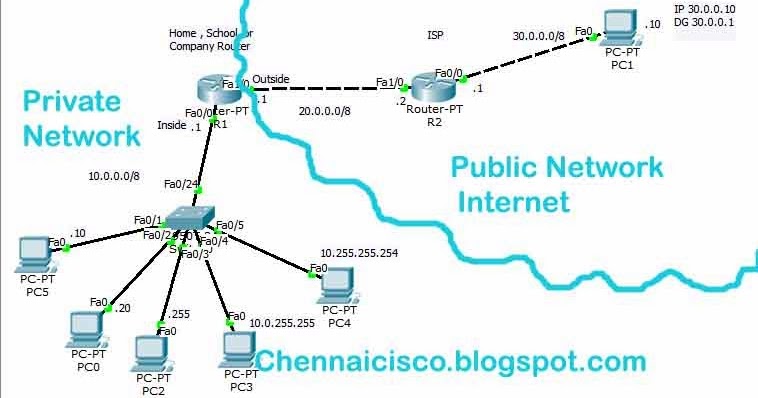

You may find that a particular layout, or set of layouts, works well for your app. Another common case for running a layout headlessly is for performance. This synchronization is managed in real time and is automatically updated when a graph is manipulated by a user (e.g., dragging, zooming, moving a node). Simply specify your elements and layout options in the same JSON format as you would use to initialise Cytoscape. DyNet represents a dynamic network as a set of state graphs that are synchronized in their layout. Cytoscape Publications Genome-wide dynamic network analysis reveals the potential genes for MeJA-induced growth-to-defense transition. DynNetwork Visualize dynamic networks in Cytoscape 3.0 PathExplorer Finds paths, filters them based on node and edge attributes and saves them. DyNet Compare two or more networks and identify the most rewired nodes. Here, we describe a protocol that provides a step-by-step guide to DyNet, a Cytoscape 3 application that facilitates the visualization and analysis of dynamic molecular interaction networks. Build, manage and visualize temporal multilayer networks, as well as extract active multilayer subnetworks.

Most network analysis and visualization tools have, to date, been developed for static representations of molecular interaction data. attrsdict or None (defaultNone) A dictionary containing the keys ‘name’ and ‘ident’ which are mapped to the ‘name’ and ‘id’ node elements in cyjs format. A dictionary of data conforming to cytoscape JSON format. The interactome is not a static entity, but instead is dynamically reorganized or “rewired” under varying temporal, spatial, and environmental conditions. Create a NetworkX graph from a dictionary in cytoscape JSON format. Biological processes are regulated at a cellular level by tightly controlled molecular interaction networks, which are collectively known as the interactome.


 0 kommentar(er)
0 kommentar(er)
